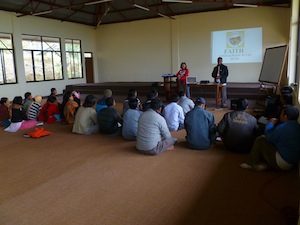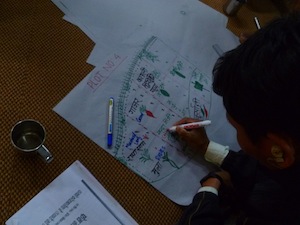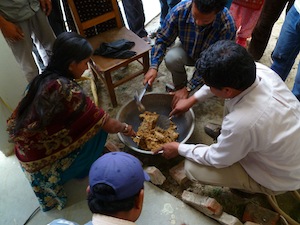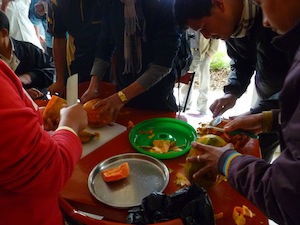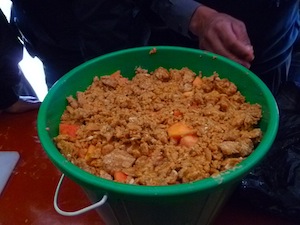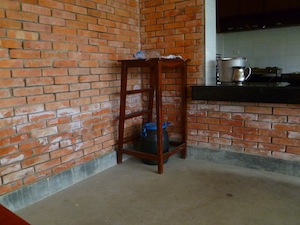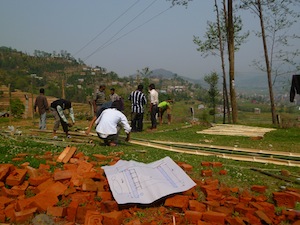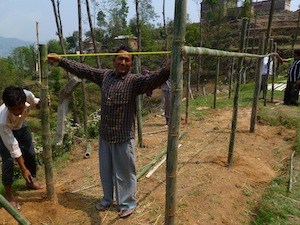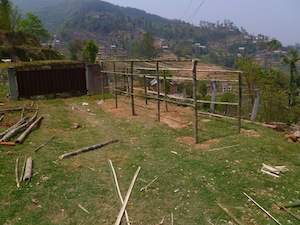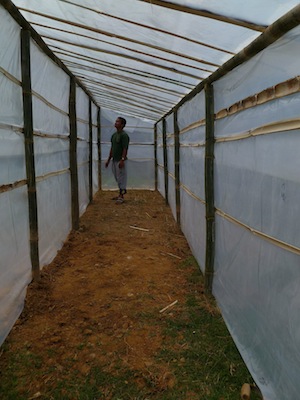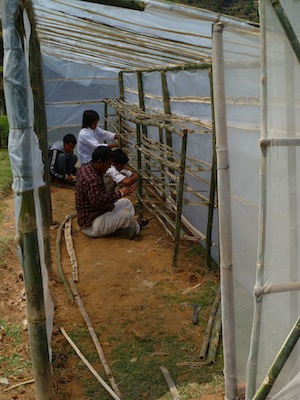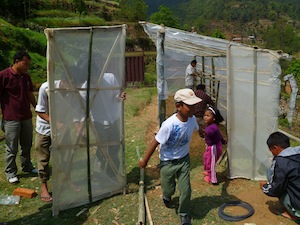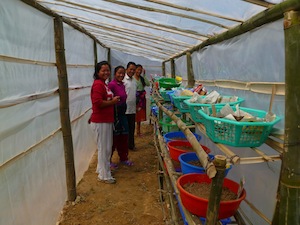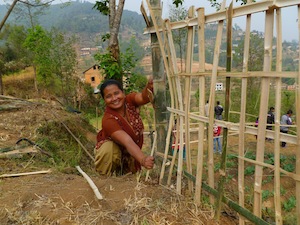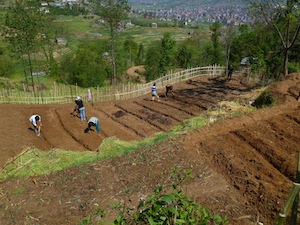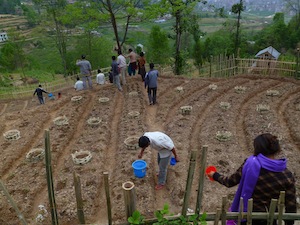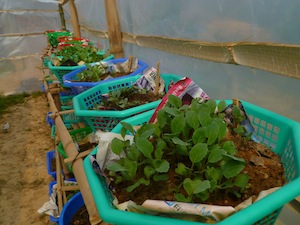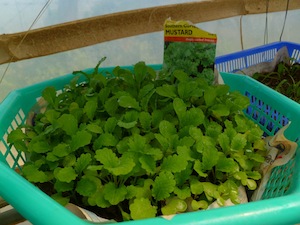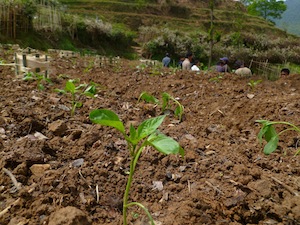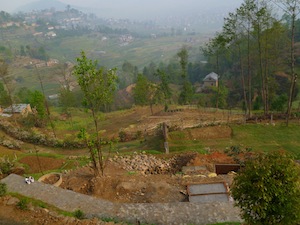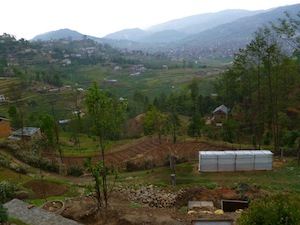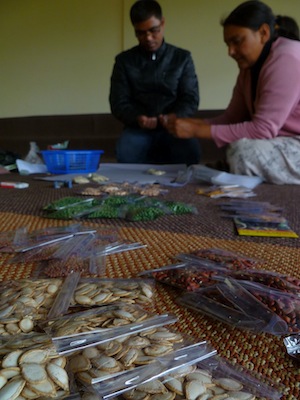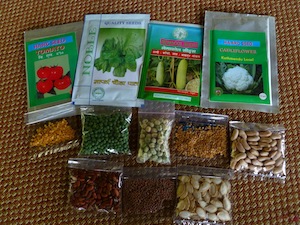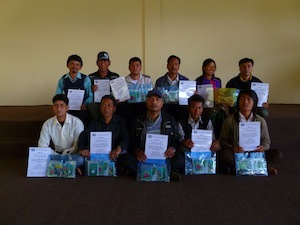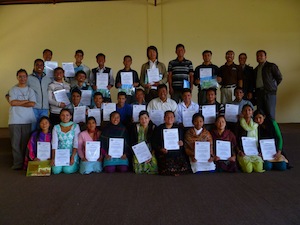FAITH Gardening
FAITH GARDEN TRAINING
NEPAL
Finally! Here’s the long overdue update of our works on the field! (A lot has been happening lately and it’s a challenge to sit down and pen thoughts down – it’s a good challenge, no doubt)
In April 2012, 30 community leaders participated in our very first 10-day Food Always In The House (FAITH) Garden training held at Kavre, Nepal.
First FAITH Garden Training held in Kavre, Nepal from 2-12 April 2012
I need to plan!
We then introduced companion planting, crop rotation, soil conditioning and other environmentally friendly concepts to give them a clearer picture of what sustainable farming is all about and can be. Below you can see pictures of Shiela giving a demonstration on how to make FFJ (Fermented Fruit Juice) – natural fertilizer for vegetable plants.
Making FFJ - First, you mash 1 kg. of unprocessed brown sugar (a local alternative to molasses)
Then cut up 1 kg. of ripe papaya
Put the two ingredients in a container in alternate layers
Seal the container properly (with masking tape) and leave it in a cool dry place for 2 weeks. The fermented fruit juice is then ready for use as plant fertilizer – 1 teaspoon to 1 litre of water.
Then, the participants proceeded to carry out some hands on work! Before we can begin planting anything, we had to construct a proper greenhouse to keep young seedlings before they are ready to be transplanted into the vegetable plots.
Construct the structural frame of the greenhouse according to the design (drawing in the foreground)
We used bamboo which grows in abundance on site. The frame
The frame was up within half a day.
Next, we covered the frame with durable plastic sheets to create a greenhouse effect.
Then we constructed shelvings for seed trays.
A greenhouse is not complete without a door!
Seed trays can now be placed in the greenhouse. We expect this greenhouse to last at least two years with regular maintenance.
Next was building a proper fence around the FAITH garden to protect the plants from being ravished by our neighbors’ goats. They have become frequent visitors to our campus (sorry goats!).
Once the fencing was up, plot preparation and making garden beds could begin!
The round baskets on the garden beds are “sawali.” They act like small compost pits that will help fertilize your vegetable plots directly. All you have to do is throw your food remains into this pit and cover with some soil.
When seedlings in the greenhouse have about 5 leaf shoots each, they are ready to be transplanted into the garden beds!
Mustard is one of their all time favorite green leafy vegetables.
Growing strong!
Before FAITH garden work began.
After 10 days of hard work!
At the end of the course, all 30 participants were given a Certificate of Completion and 11 promising ones were given a seed pack containing 12 types of local vegetable seeds to plant in their own village homes.
Preparing seed packs for promising participants to bring home and start their own FAITH gardens.
12 types of locally produced seeds.
The 11 promising participants who received the seed packs.
First Batch of FAITH Garden Trainees with their Certificate of Completion. Congratulations!
We will be monitoring their FAITH journey for a year to determine which of these 11 will get to be invited back to our next FAITH Garden training in 2013 as co-trainers! This news was greeted with much enthusiasm and we hope at the end of the day, to not only cultivate vegetables, but nurturing people in becoming competent agriculturists. So stay tuned to see how all these turn out
